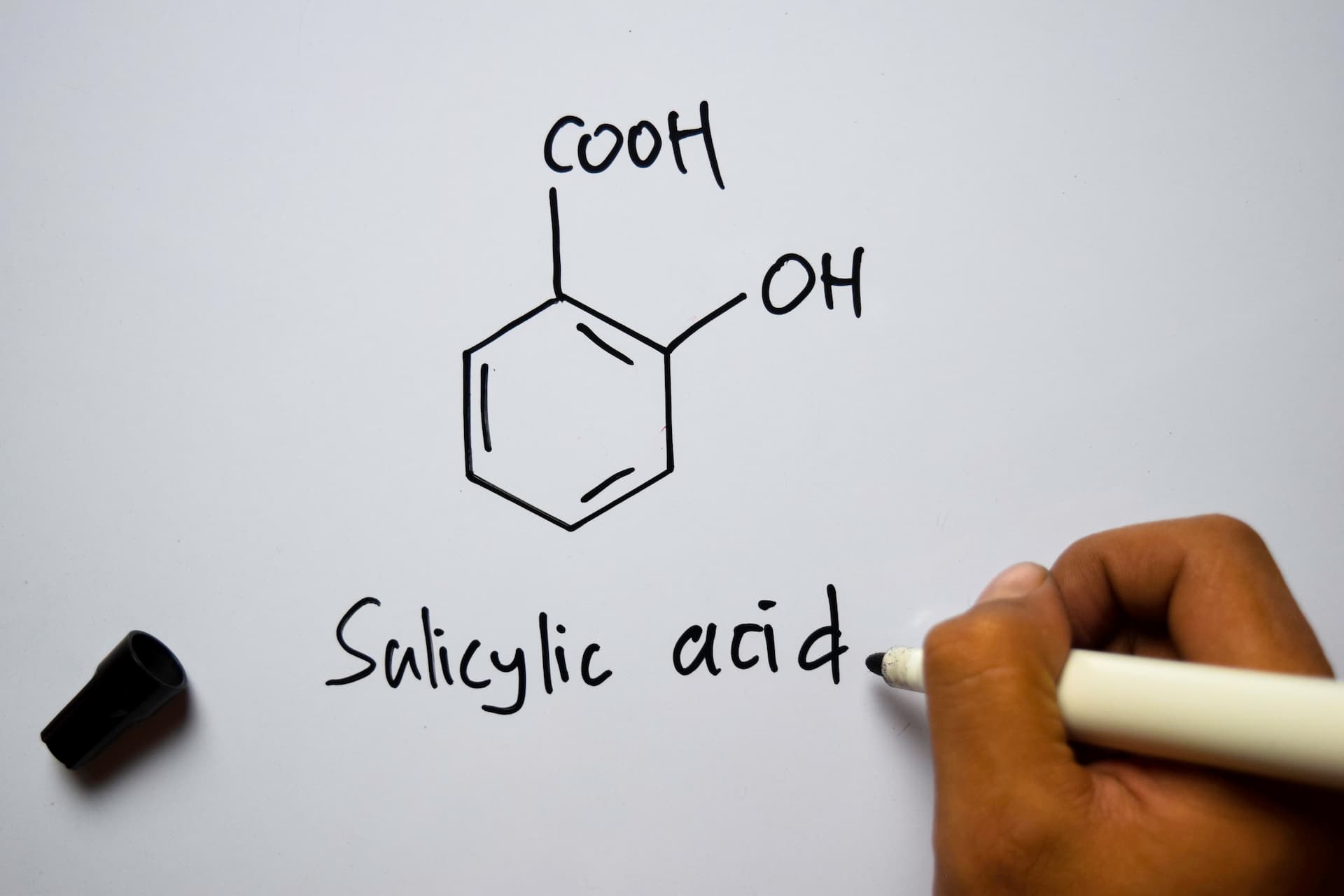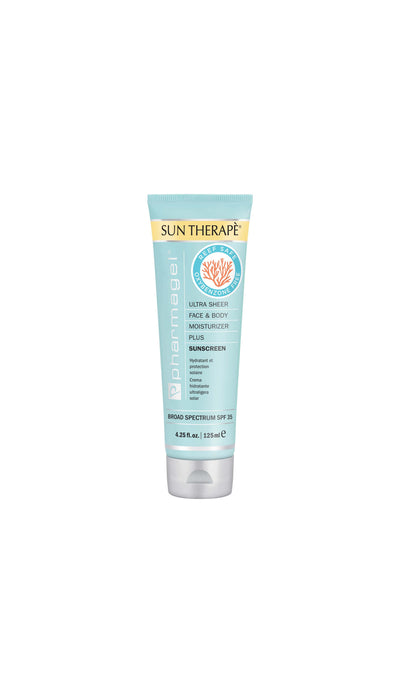Salicylic Acid vs. Benzoyl Peroxide: What Do They Do, How Do They Differ, How Do They Treat Acne?
Acne is a common skin condition that affects people of all ages. Acne breakouts can be extremely frustrating and inconvenient at any time. Acne treatment in many cases requires a consistent and targeted treatment strategy. Salicylic acid and benzoyl peroxide are the two most commonly used ingredients for acne treatment, but how do the differ and which is the most effective when it comes to treating acne?
What Does Salicylic Acid Do?

Salicylic acid is a beta-hydroxy acid (BHA) extensively used in skin care products for acne treatment. It functions by unclogging pores and exfoliating the skin. Salicylic acid can penetrate the oil glands and break down the buildup of dead skin cells, sebum and dirt that may result in acne formation.
Salicylic acid exfoliates the skin to help prevent the formation of new acne lesions and promotes a smoother texture and complexion. By penetrating the skin, beta-hydroxy acid effectively dissolves any substances that may cause clog pores, including bacteria that can result in acne formation. Appropriate application of salicylic acid can reduce the severity and frequency of breakouts.
What Does Benzoyl Peroxide Do?

Benzoyl Peroxide has been used for acne treatment for decades. It's an organic acid belonging to the peroxide family. Benzoyl peroxide is an antibacterial agent that eliminates the bacteria that causes acne, specifically Propionibacterium acne (also known as p. acnes bacteria). It also has a calming effect on inflammation and soothes skin after a breakout.
Benzoyl peroxide introduces oxygen into the pores, creating an environment that inhibits bacteria production. It effectively kills the bacteria and reduces the risk of new acne breakouts. Compared to salicylic acid, benzoyl peroxide has a higher likelihood of causing irritation.
Being a bleaching agent, Benzoyl peroxide also has the potential to lighten the skin. With the use of topical benzoyl peroxide over an extended period, you may observe a slight lightening of your skin tone. When purchasing benzoyl peroxide, ensure you buy a safe concentration depending on your skin’s needs to prevent skin irritation.
Typically, benzoyl peroxide begins to show its effectiveness within four weeks of consistent use. Once your acne is under control, it is advisable to continue using it to prevent the recurrence of acne; however, you may find that using it less frequently, such as every other day, can help maintain acne-free skin and prevent future breakouts.
Salicylic Acid vs. Benzoyl Peroxide: How Do They Differ?
The most significant difference between benzoyl peroxide and salicylic acid is their mode of operation. Salicylic acid exfoliates the skin and unclogs pores, while benzoyl peroxide targets the bacteria contributing to acne formation.
Second, salicylic acid is more effective compared to benzoyl peroxide in treating non-inflammatory acne, such as blackheads and whiteheads, as it helps clear clogged pores. On the other hand, benzoyl peroxide is more effective in treating inflammatory acne, including papules, pustules and cysts. It reduces the bacteria and inflammation associated with these types of lesions.
Another difference lies in their potential side effects on the skin. Salicylic acid generally has fewer side effects. Depending on your skin type, some people may experience dryness, irritation or a mild stinging sensation. It would be best to begin treatment with a lower concentration and gradually increase it as you gauge the reaction. On the other hand, benzoyl peroxide may result in redness, dryness, and skin peeling. Similar to salicylic acid, starting with a low concentration and monitoring the skin's response before using higher concentrations is advisable.
How Salicylic Acid and Benzoyl Peroxide Treat Acne
When treating acne, specific ingredients are beneficial in addressing different types of acne and their underlying causes. Both salicylic acid and benzoyl peroxide play a role in reducing the bacteria responsible for acne. While salicylic acid primarily targets the acne-causing components in the pores, benzoyl peroxide starves the acne-causing bacteria of much needed oxygen.
It is important to note that mixing salicylic acid and benzoyl peroxide in your skincare routine is not advisable as it may lead to skin irritation; therefore, it is recommended to choose just one of these ingredients based on your specific acne needs. If your primary concern is blackheads and whiteheads, salicylic acid is a suitable option as it effectively clears out clogged pores; however, if you experience more inflammatory acne, characterized by papules and pustules, benzoyl peroxide can help address the root cause of these breakouts.
For sensitive skin, it is advisable, to begin with salicylic acid as it is less likely to cause irritation. Salicylic acid can be found in various over-the-counter cleansers, toners, spot treatments and moisturizers, and is typically used once or twice daily; however, benzoyl peroxide can be a more potent choice if you are already using oral or topical acne treatments. In such cases, starting with a lower concentration and gradually increasing it to determine your skin's tolerance, especially when using leave-on benzoyl peroxide products, is crucial.
Even with dry skin, you can still incorporate salicylic acid or benzoyl peroxide into your skincare routine; however, it is best to start with a cleanser that contains these ingredients, as they minimize contact time with the skin and reduce the likelihood of dryness.
Salicylic Acid and Benzoyl Peroxide: The Final Word
When incorporating salicylic acid or benzoyl peroxide into your skincare routine, it is essential to consider your skin type and the severity of your acne. Benzoyl peroxide is more suitable for oily skin, with a range of strengths from 2.5% to 10%. It can be found in cleansers, creams, gels, and spot treatments. Salicylic acid is best suited for mild to moderate or mature acne, and can range in strength from 0.5 to 5%. It is most often found in cleansers, spot treatments, creams, gels and even masks. To maintain the health of your skin, it is essential to use a moisturizer and apply sunscreen when using these acne-fighting ingredients.
By understanding the differences between salicylic acid and benzoyl peroxide and considering your skin's needs, you can effectively determine which ingredient best addresses your acne concerns without compromising the health of your skin.








